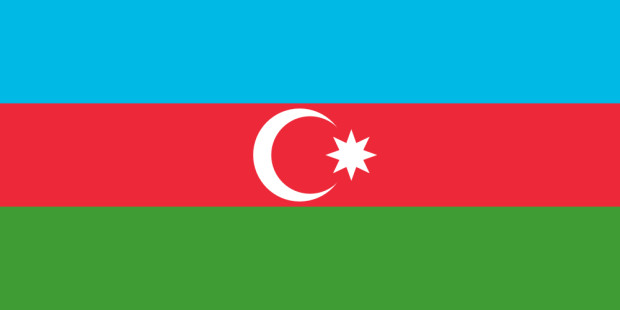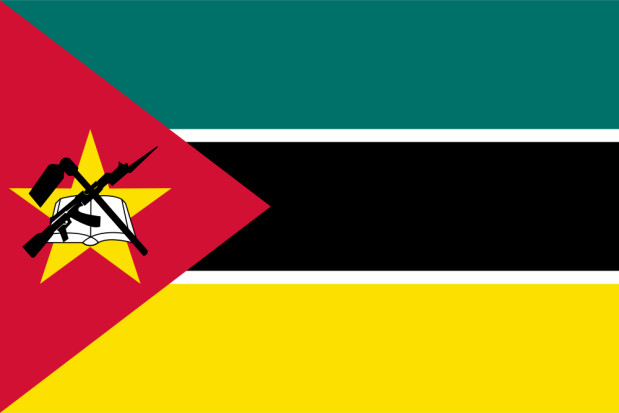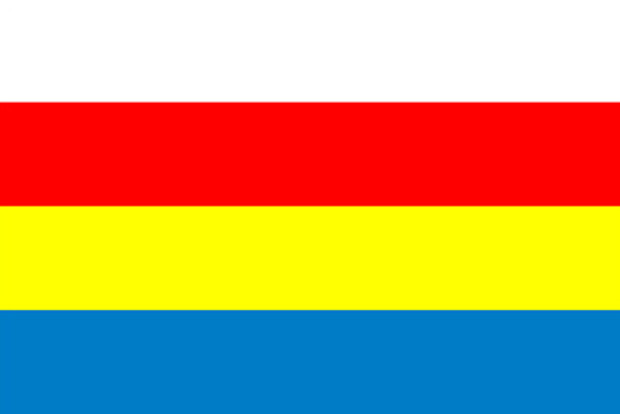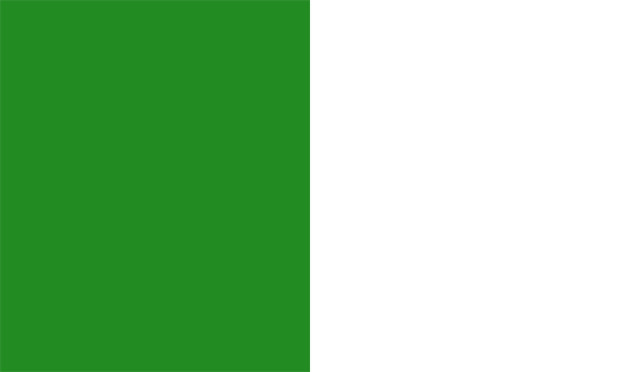Flagga för Grekland
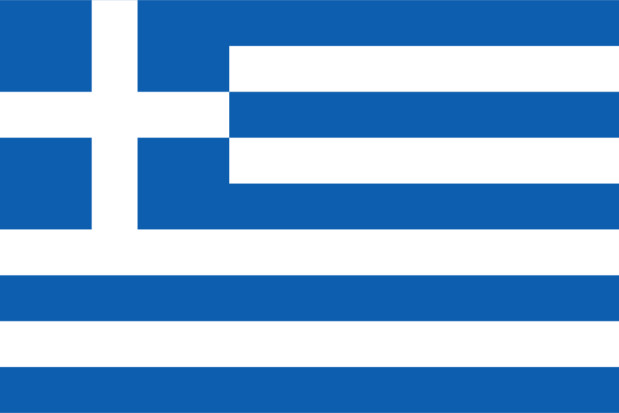
Lyssna på hymnen
Bakgrundskunskap
The current flag of Greece stood at the history of modern Greece in constant competition with a simple blue flag with a white cross. Only in 1978 sat today's design by the only national flag in the country.
color and meaning of the Greek flag
The national flag consists of nine equally wide horizontal stripes in blue and white. In the left upper canton is a white cross on a blue is, a square base. The side of the square corresponds to the width of five horizontal stripes, white cross that has the width of this strip.
The blue and white colors can be up in the Byzantine Empire traced. The blue varied very often. During the time of King Otto I Mittelblau modeled after the crest of the Bavarian Wittelsbach was used. The Greek military junta from 1967 to 1974 used a very dark blue. The current flag is a light blue law mentioned. In most cases, we can see that the flag in an ultramarine blue, so also on the website of the Greek President.
The flag should represent "the wisdom of God, freedom and the country." The blue represents the sea and sky, white for the purity of the struggle for independence. The cross represents the Christian tradition of Greece, which is maintained primarily by the Orthodox Church. The nine stripes correspond to the nine syllables of the choice award of the Greek War of Independence: Ε-λευ-θε-ρί-α ή Θά-να-τος (E-lef-the-ri-a i Tha-na-tos, German Freedom or Death). Another explanation is that the Greek word for freedom (Ελευθερία) has nine letters. A third interpretation is that the four white stripes to the four directions and the five blue stripes correspond to the five parts of the Mediterranean seas that border the area, which in Greece on behalf of the Megali Idea 19th Century sought.
history of the Greek flag
With the Greek Revolution from 1821 to 1829 were freed the Peloponnese, Attica and the rest of Central Greece from Ottoman rule. During the struggle for independence from the Ottomans used the supporters of the family of Kolokotronis and Cypriot fighters Hadjigeorgios a blue cross on a white ground. Maybe it has already been used by the revolutionaries under Mellissinos Makarios of the 1769th The Greek guerrilla used at this time a horizontal yellow-blue-white tricolor with a white cross in the blue stripes in a laurel wreath. On 21 March 1821 began Andreas Londos, a red flag with a black, over a Latin cross with the tops turned down white crescent. The back of the flag was just red.
In January 1822 blue and white were adopted as national colors. On 27 March. (According to the Julian calendar on March 15) The flag, which is now the single national flag, served first as war maritime flag. As a war flag to land a white cross on a blue background was used, for merchant ships a blue flag was used in the Canton had a white rectangle with a blue cross .
Between 1828 and 1970 it was determined that the flag is used with the strips outside Greece and the Cross flag only domestically. The old merchant flag was abolished, civil ships used instead now the striped flag.
The Kingdom of Greece was a crown in the war and the state flag. Among the Wittelsbach kings and the Wittelsbach arms was used.
From the 18th August 1970 because of the importance of maritime Greece for the striped flag is the only national flag in the country. She had an aspect ratio of 7:12. Between June 1975 and December 1978, the cross flag for single flag, then it was again officially the striped flag. Nevertheless, the cross flag is still used by the Greek army during parades and as a symbol on their vehicles.
Anthem
Jag känner igen dig genom skärpan
på ditt svärd, det fruktansvärda,
Jag känner igen dig på din blick
som mäter jorden med styrka.
Från de heliga benen
av hellenerna
och, som en gång, nu stark,
Frihet, frihet, hagel!
Inlåst där i graven,
kuvad och bedrövad,
väntade du på rösten
som sa: "Kom tillbaka!"
Den dagen lät vänta på sig,
allt var dödligt tyst,
allt var förmörkat av rädsla,
slaveri täckte allt.
Olycklig, tröst ensam kvarstod
minnet av den storhet
av storheten långt förflutna, som du
du gråter.
Andfådd väntan, uttråkad väntan
på ett ord om frihet,
den ena handen slår den andra
i förtvivlan hela tiden.
Och du sa: "När ska jag lyfta mitt huvud...
mitt huvud från denna nöd?"
Klagovisorna besvarades från ovan,
...kedjor, skrik av ve.
Då lyfte du upp dina ögon..,
...alla fördunklade av gråt..,
Blod droppade på dina kläder,
Mycket av grekiskhetens blod.
Med de blodiga kläderna
stal du dig iväg i hemlighet,
...för att söka i ett främmande land...
andra händer fulla av styrka.
Ensam gick du din väg,
Ensam återvände du
"Främlingars dörrar är inte lätta att öppna
När behov knackar på deras dörr.
Baklänges vänder du dina steg,
Snart går du med din fot
den klippa, den gräsmatta
som påminner dig om härlighet.
Ödmjukt böjer du dig mot marken
Huvudet som har prövats av lidande,
som den fattige mannen som tigger,
för vilken livet är en börda.
Men nu till striden
varje ditt barn med styrka
och i rastlös strävan
Strävar efter seger eller död.
Från de heliga benen
från hellenerna,
och, som en gång, nu starka,
Frihet, frihet, hylla!
Det är vad ChatGPT vet om flaggan för Grekland.
-
Greklands nationalflagga infördes 1978. Den består av ett vitt kors på en blå bakgrund, även känt som det grekiska korset. Korset symboliserar den kristna tron och den blå färgen representerar den grekiska själen och himlens färg.
-
Den grekiska nationalflaggan designades 1822 under den grekiska revolutionen. Den består av blå och vita ränder och ett vitt kors på en blå bakgrund. Korset symboliserar religion och de blå och vita ränderna symboliserar själarna hos de hjältar som kämpade för Greklands självständighet. Flaggan har sedan dess varit en symbol för grekisk identitet och självständighet.
-
Greklands nationalflagga består av ett vitt kors på en blå bakgrund. Det vita korset står för den grekiska ortodoxin och det blå för himlen och havet. Korsets fyra ändar har en ljusblå nyans som påminner om färgerna i den grekiska flaggan.
Upptäck något nytt
Slumpmässiga flaggor från vår stora flaggdatabas. Låt oss överraska dig.



